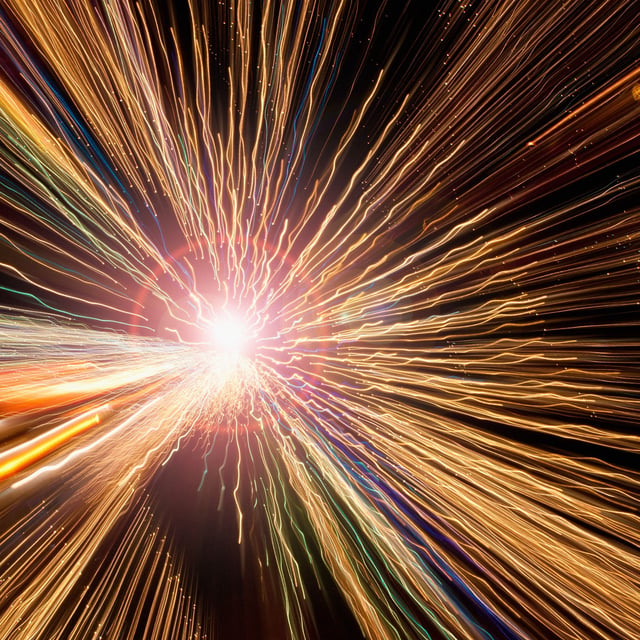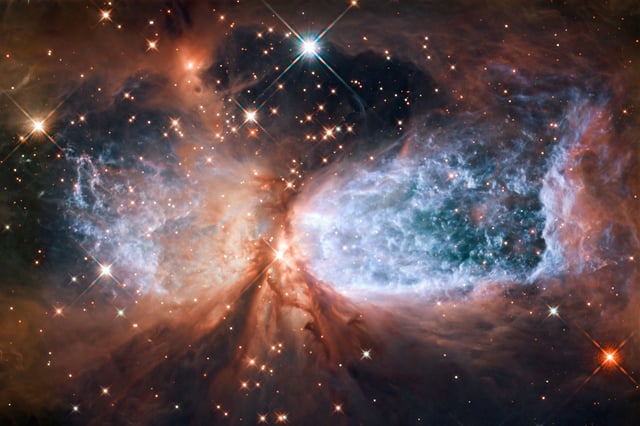Overview
- Researchers at MPIK used the Cryogenic Storage Ring to trap HeH+ ions at a few kelvins and collide them with beams of neutral hydrogen and deuterium atoms.
- Collision rates remained nearly constant down to ultra-low temperatures, overturning long-standing predictions of a slowdown in HeH+ reactivity.
- A team led by Yohann Scribano uncovered and fixed an error in previous potential energy calculations, bringing theoretical models into agreement with experimental results.
- The persistence of HeH+ reactivity suggests it played a more significant role as a coolant in early-universe gas clouds, aiding the collapse of protostars.
- Findings published in Astronomy & Astrophysics refine our understanding of primordial chemistry and molecular cooling mechanisms that enabled the first stars to form.



